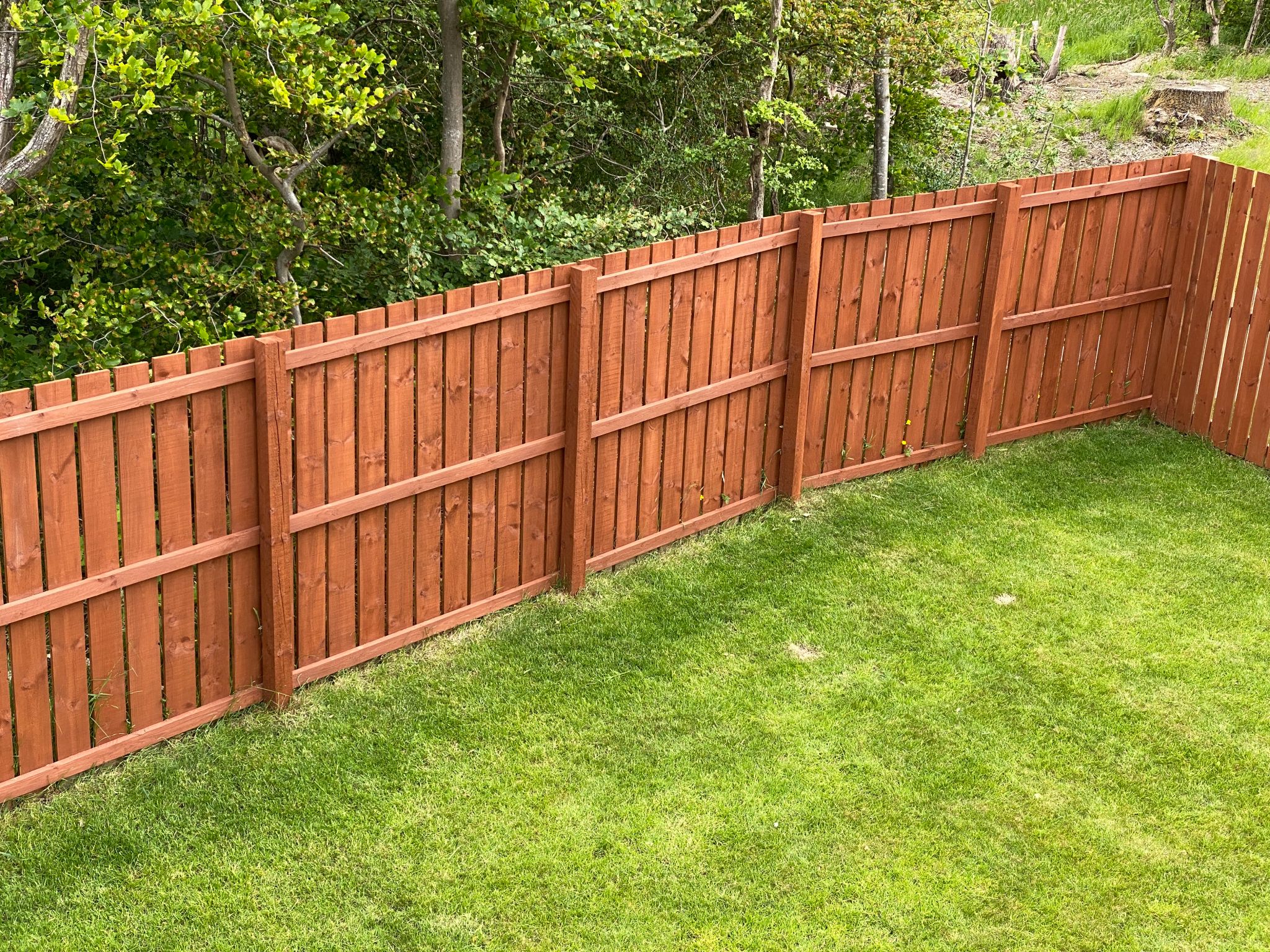Seasonal Woodwork Care: Preparing for Harsh New England Winters
Introduction to Seasonal Woodwork Care
As the vibrant colors of fall fade and the chill of winter begins to settle in, it’s crucial to prepare your woodwork for the harsh New England winters. The cold, snow, and ice can be particularly taxing on wooden structures, leading to damage and deterioration if not properly cared for. Whether it’s your outdoor deck, wooden furniture, or interior woodwork, taking preventive steps now can save you time and money in the long run.

Understanding the Effects of Winter on Wood
Winter weather can have a variety of detrimental effects on wood. The most common issues include moisture absorption, which can lead to warping and rotting, and temperature fluctuations that cause expansion and contraction. These factors can result in cracking, splitting, or other structural problems. Understanding these potential threats is the first step in effective woodwork care.
Essential Tools for Woodwork Maintenance
To properly prepare your woodwork for winter, you'll need a few essential tools and materials. Here’s a basic checklist:
- High-quality wood sealant or stain
- Sandpaper or a power sander
- Cleansing solution for wood
- Soft cloths or brushes
- Protective gear such as gloves and masks
Gather these supplies to ensure you’re ready to tackle any maintenance tasks that come your way.
Steps for Preparing Outdoor Woodwork
Outdoor woodwork such as fences, decks, and furniture requires special attention before the winter sets in. Follow these steps to ensure they remain in top condition:
- Clean Thoroughly: Begin by cleaning all surfaces with a suitable wood cleaner to remove dirt, mildew, and old finishes.
- Sand Smoothly: Use sandpaper to smooth out rough surfaces and remove any loose paint or finish.
- Seal the Wood: Apply a high-quality wood sealant or stain designed for outdoor use to protect against moisture.
- Inspect for Damage: Check for any signs of damage like cracks or rot and address them promptly.

Caring for Indoor Woodwork
While indoor woodwork is not exposed to the elements, it is still susceptible to the dry air of heated homes. Here are some tips to maintain your indoor woodwork:
- Maintain Humidity: Use a humidifier to keep indoor humidity levels between 30-50% to prevent drying and cracking.
- Avoid Direct Heat: Keep wooden items away from direct heat sources like radiators or fireplaces.
- Regular Dusting: Dust regularly with a soft cloth to prevent build-up that can lead to scratches.
Benefits of Regular Maintenance
Regular maintenance not only preserves the beauty of your woodwork but also extends its lifespan. Protecting your investment from the harsh New England winters ensures that your wooden structures remain strong and attractive for years to come. By following these care tips, you can avoid costly repairs and enjoy the warm, natural beauty of wood in every season.

Conclusion: Stay Prepared All Year Round
The key to successful woodwork care is consistency. Make seasonal maintenance a regular part of your routine, not just a once-a-year task. With the right approach and tools, you can keep your woodwork looking its best despite the challenges of New England's winter weather. Stay prepared, and your efforts will be rewarded with enduring quality and beauty in your home or outdoor spaces.
